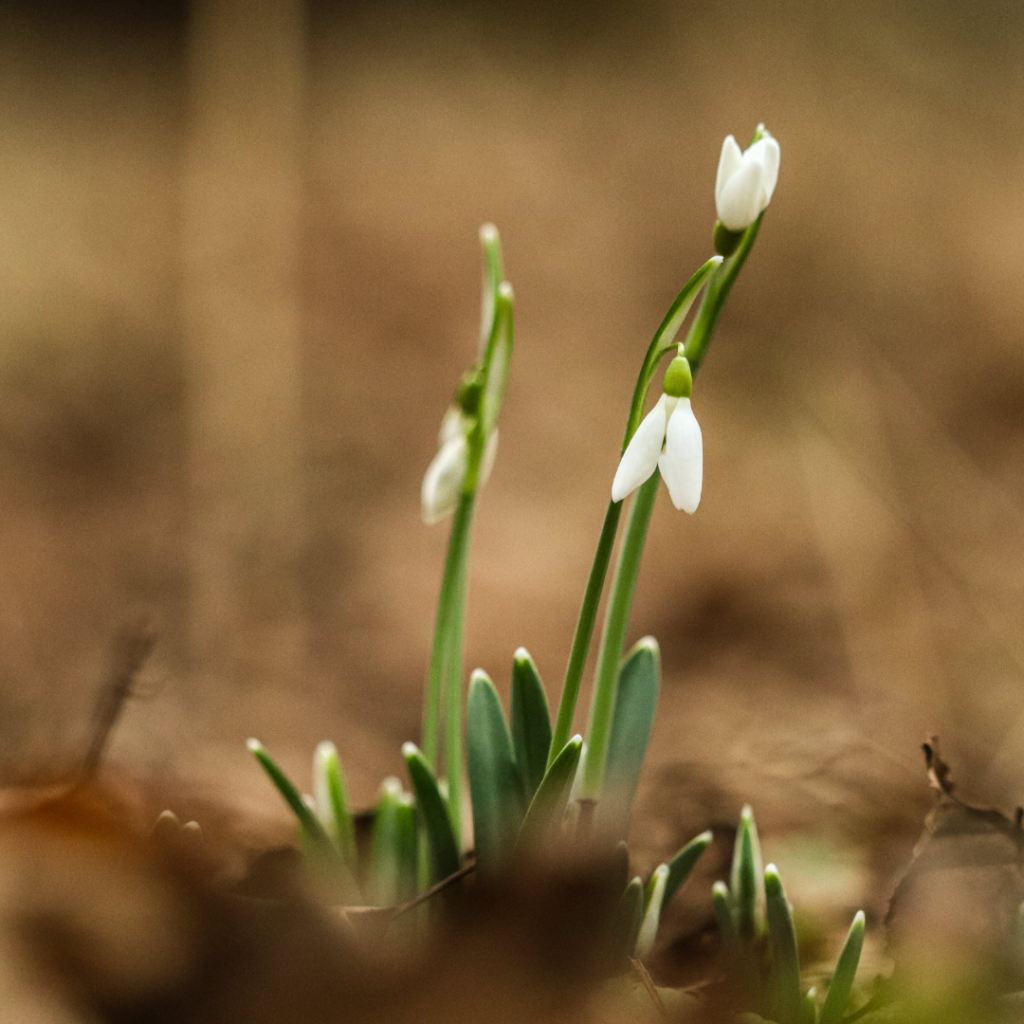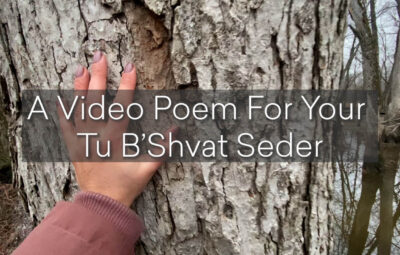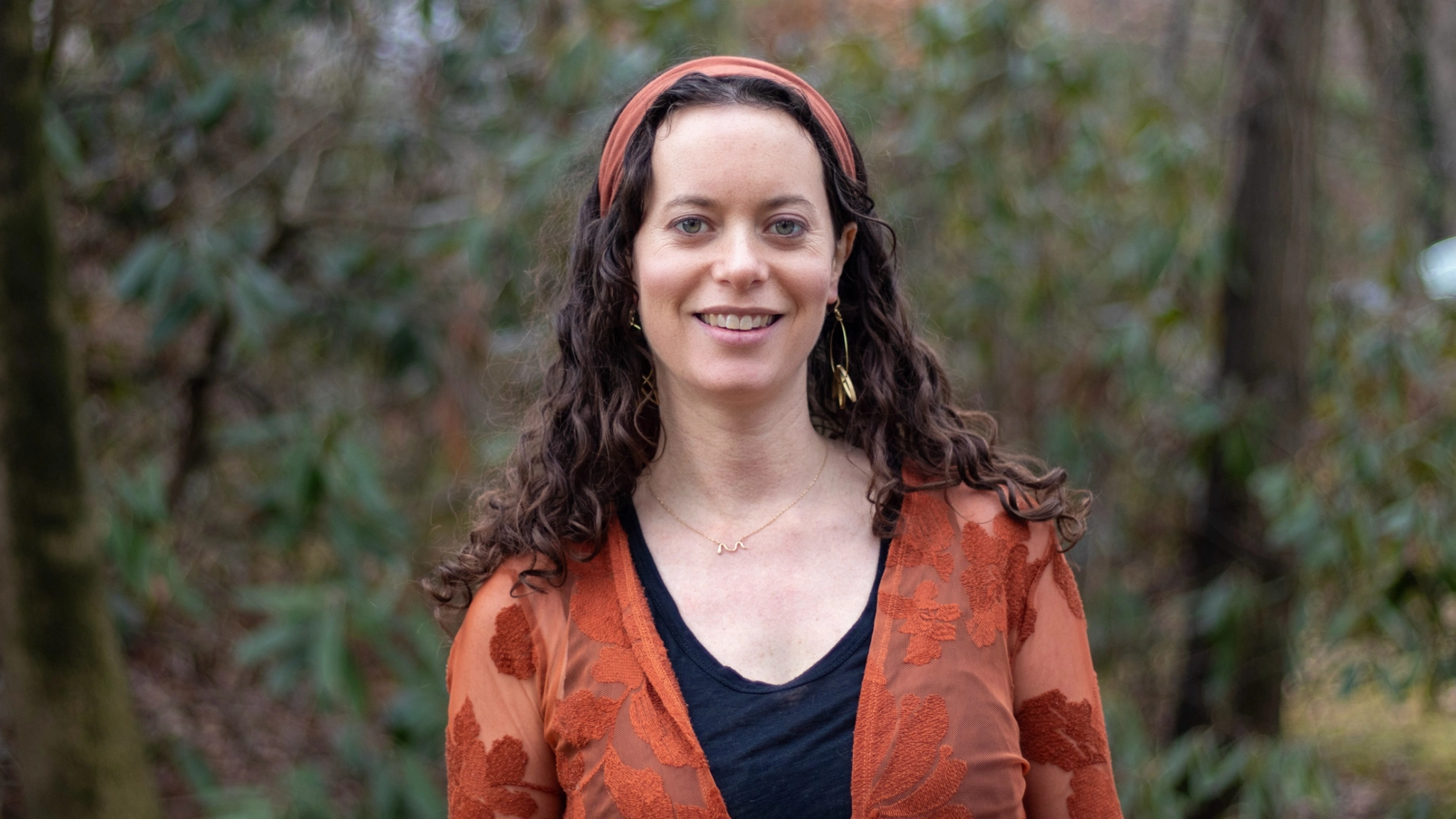Throughout my childhood, Tu B’Shvat was a Sunday morning like no other: a day where I got to eat weird fruits, drink extra juice and skip Hebrew class at Sunday school. It was littered in carob pods, dried apricots and pistachios in the shell. This tasty day was a welcome departure from sleepy, structured religious-school mornings. And yet, the experience remained limited: a welcome departure, a moment to journey away from my otherwise sleepy and structured mornings.

While I appreciated the extra snacks and juice as much as the next kid, the sparks of connection to this birthday of the trees did not ignite until years later when I spent winter with the trees of Eden Village Camp, a farm-and-wilderness Jewish summer camp in New York’s Hudson River Valley. Living, working and teaching on the farm at Eden Village awakened me to the earth-based roots of our calendar and each holiday. On Tu B’Shvat, I discovered firsthand: It is in the depths of winter that life begins awakening within our trees. We took a maple tap to the forest and discovered that, quite literally, the sap is rising and ready. There are secret whispers of springs in the world beyond that which we can see. This was a birthday indeed — an alchemy of the ecological and the mystical worth celebrating.
As fruit trees, awakening from slumber, began to sprout buds in the weeks and months that followed, each Jewish civilization’s map of Tu B’Shvat fell into place for me. In Torah, we are taught to observe a matrix of agricultural laws, many of which impact consumption of fruit trees, from maaserot (tithing) to orlah (waiting three years to harvest fruit from new trees.) These require, as it will, a birthday or way of marking the passing of years. To designate one birthday of the trees was simply a matter of practicality. Generations upon generations later, the mystics of Tzfat birthed the Tu B’Shvat seder from which my Hebrew-school days of carob pods and dried apricots were derived. For the mystics, marking a birthday of the trees was a way to honor the very Tree of Life — the mystical energies that flow through all things, and the passage of light and life through the four mystical worlds, from the physical to the purely spiritual. In our modern world, the holiday has become our Jewish earth day, our opportunity to infuse the mystical Tu B’Shvat seder with an honoring of environmentalism and eco-Jewish philosophy.

As a Reconstructionist, I glance at this array and wonder how it intermingles with the world we are living in. California, my beloved home of many years, is ablaze. Southwest Florida and Eastern North Carolina are still reeling from hurricanes. These are the closest-to-home, least politically fraught signs of destruction and climate disaster towards which I might point. We are living with the risks of climate change, division and war — a species and a planet in peril.
This is to say that winter this year (on fire as it might be) feels particularly wintery. Darkness this year has felt particularly dark. How, then, might these intermingling voices bring us to a place of celebrating anything, let alone the birth of the trees, the source of our own breath, this coming Shvat full moon?
Turn with me back towards one essential Jewish civilization not often represented when we discuss Tu B’Shvat: that of the early rabbis. They teach us more about the ecological roots of our calendar than often meets the eye. In Bava Metzia 106b, our Talmud informs us that there are six seasons. Seasons of planting, winter, cold, harvest, summer and heat.
According to this text, we misspeak if we declare Tu B’Shvat our winter holiday. Rather, the months leading up to and including “the first half of Shvat are the winter days.” Then, “the second half of Shvat (beginning on Tu B’Shvat and lasting for the two-and-a-half lunar months that follow), all of Adar and the first half of Nisan are the period of cold,” that directly precedes the first half of the harvest period. According to this text, in addition to marking the birthday of the trees, Tu B’Shvat is the dawning of a new season. We bid winter adieu and face the season of cold that paves our path to the early springtime harvest.

Wow.
Join me in greeting this text as a teacher. In our world, where so many headlines feel so profoundly unnatural — perhaps leaning into this text and to this birthday of the trees contains the greatest antidote: a turn towards the natural. If joy is an act of resistance, then inhabiting the rhythms of nature is an act of faith.
Tu B’Shvat is both the birthday of our trees — a moment to honor the source of our very breath and life on this planet — and the beginning of a new season. While the coldest days may be yet to come, the darkest, longest nights are behind us, and that is worth celebrating. We, like the trees and their rising sap, begin to emerge from the depths of winter by gathering together in celebration.

Let this Tu B’Shvat be a turning towards our trees, towards the shifting season, towards our inner landscapes. Let us garner faith resolve together by turning towards the rhythms and wisdom of our trees. Ask yourself: What does it mean to emerge from winter? How might I bundle up to face the cold to come? What seeds can I sow today, such that when the early harvest arrives, I can provide sustenance to myself and this world?











